OpenAI Gym has emerged as a pivotal tool in the realm of artificial intelligence, particularly in the field of reinforcement learning. Launched by OpenAI, this toolkit provides a diverse suite of environments that facilitate the development and testing of reinforcement learning algorithms. The primary goal of OpenAI Gym is to create a standardized platform where researchers and developers can experiment with various algorithms, share their findings, and ultimately advance the field of AI.
By offering a rich set of environments, OpenAI Gym allows users to simulate complex scenarios that mimic real-world challenges, making it an invaluable resource for both academic and industrial applications. The significance of OpenAI Gym extends beyond its technical capabilities; it embodies a collaborative spirit that encourages innovation and knowledge sharing. As the AI community continues to grow, the need for accessible tools that streamline the research process becomes increasingly important.
OpenAI Gym not only meets this demand but also fosters an environment where newcomers can learn and contribute to the field. With its user-friendly interface and extensive documentation, OpenAI Gym serves as an entry point for those eager to explore the fascinating world of reinforcement learning.
Key Takeaways
- OpenAI Gym is a toolkit for developing and comparing reinforcement learning algorithms.
- Reinforcement learning is a type of machine learning where an agent learns to make decisions by taking actions in an environment to maximize some notion of cumulative reward.
- OpenAI Gym provides a wide variety of environments, from simple grid worlds to complex 3D simulations, to test and develop reinforcement learning algorithms.
- Using OpenAI Gym for AI training offers benefits such as standardized environments, easy integration with other libraries, and a large community for support and collaboration.
- Popular environments in OpenAI Gym include classic control, box2d, and atari, each offering unique challenges and opportunities for reinforcement learning.
Understanding Reinforcement Learning
Reinforcement learning (RL) is a subfield of machine learning that focuses on how agents should take actions in an environment to maximize cumulative rewards. Unlike supervised learning, where models are trained on labeled datasets, reinforcement learning involves an agent interacting with its environment and learning from the consequences of its actions. This trial-and-error approach allows the agent to discover optimal strategies over time, making it particularly well-suited for dynamic and complex problems.
At the core of reinforcement learning lies the concept of the agent-environment interaction loop. The agent observes the current state of the environment, selects an action based on its policy, and receives feedback in the form of rewards or penalties. This feedback is crucial as it informs the agent about the effectiveness of its actions, guiding it toward better decision-making in future interactions.
The ultimate objective is to develop a policy that maximizes the expected return over time, which can be a challenging task given the vast number of possible states and actions in many environments.
How OpenAI Gym Works
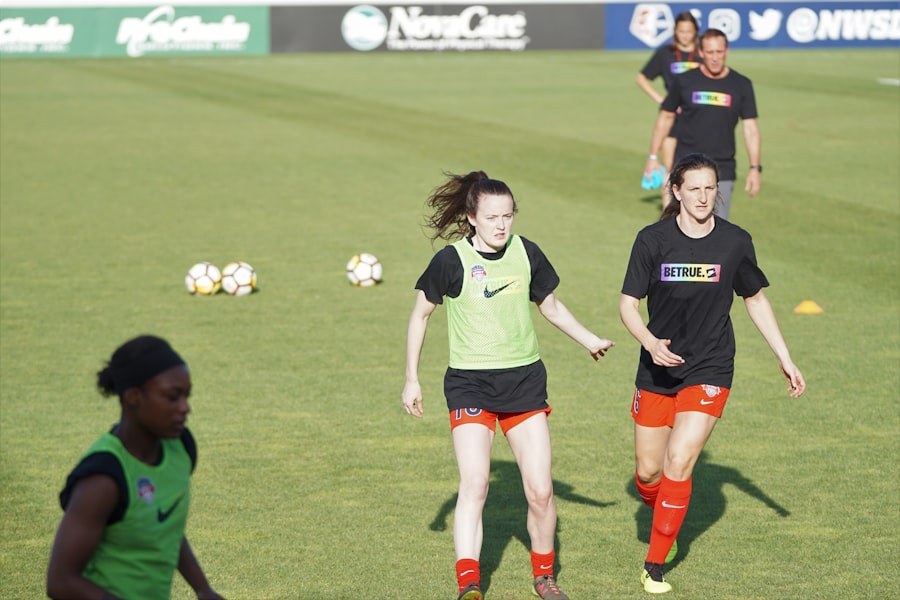
OpenAI Gym operates on a simple yet powerful framework that allows users to create and interact with various environments seamlessly. At its core, OpenAI Gym provides a consistent API that standardizes how environments are defined and interacted with. Users can easily create custom environments or utilize pre-existing ones by following a straightforward set of guidelines.
This uniformity simplifies the process of developing and testing reinforcement learning algorithms, as researchers can focus on their models rather than getting bogged down by environment-specific details. When using OpenAI Gym, developers typically begin by importing the library and selecting an environment that suits their needs. Each environment is characterized by its own state space, action space, and reward structure.
Once an environment is instantiated, users can enter a loop where they repeatedly observe the current state, choose an action, and receive feedback from the environment. This iterative process allows for continuous learning and adaptation, enabling agents to refine their strategies over time. The modular design of OpenAI Gym also means that users can easily switch between different environments to test their algorithms under varying conditions.
Benefits of Using OpenAI Gym for AI Training
| Benefits of Using OpenAI Gym for AI Training |
|---|
| 1. Wide Range of Environments |
| 2. Standardized Interface |
| 3. Community Support and Resources |
| 4. Easy Integration with Reinforcement Learning Algorithms |
| 5. Scalability and Flexibility |
One of the most significant advantages of using OpenAI Gym is its extensive library of environments that cater to a wide range of applications. From classic control problems like CartPole to more complex scenarios such as Atari games and robotic simulations, OpenAI Gym offers a diverse array of challenges that can help researchers evaluate their algorithms comprehensively. This variety not only enhances the robustness of AI models but also encourages creativity in problem-solving as developers explore different strategies across multiple domains.
Another key benefit is the community-driven nature of OpenAI Gym. As an open-source project, it invites contributions from researchers and developers worldwide, leading to a rich ecosystem of shared knowledge and resources. Users can access a wealth of tutorials, documentation, and forums where they can seek assistance or share their experiences.
This collaborative environment accelerates learning and innovation, allowing newcomers to quickly get up to speed while providing seasoned professionals with opportunities to refine their skills and share their insights.
Popular Environments in OpenAI Gym
OpenAI Gym features a plethora of environments that have gained popularity among researchers and practitioners alike. One standout example is the classic CartPole environment, where an agent must balance a pole on a moving cart by applying forces to the left or right. This seemingly simple task encapsulates fundamental principles of reinforcement learning and serves as an excellent starting point for those new to the field.
Another widely recognized environment is the Atari suite, which includes various classic video games such as Pong, Breakout, and Space Invaders. These games present unique challenges that require agents to develop sophisticated strategies to achieve high scores. The Atari environments have become benchmarks for evaluating reinforcement learning algorithms due to their complexity and the rich visual feedback they provide.
Additionally, environments like MuJoCo and Roboschool offer more advanced simulations for robotics research, allowing developers to test their algorithms in physically realistic scenarios.
Challenges and Limitations of OpenAI Gym

Despite its many advantages, OpenAI Gym is not without its challenges and limitations. One notable issue is the computational resources required for training reinforcement learning agents effectively. Many environments, especially those involving complex simulations or high-dimensional state spaces, demand significant processing power and memory.
This can pose barriers for individual researchers or smaller organizations with limited access to high-performance computing resources. Moreover, while OpenAI Gym provides a standardized framework for experimentation, it may not cover every possible scenario or application domain. Some researchers may find that specific environments do not align perfectly with their research objectives or fail to capture certain nuances present in real-world problems.
Consequently, users may need to invest time in creating custom environments or modifying existing ones to suit their needs better.
Tips for Effective Reinforcement Learning with OpenAI Gym
To maximize success when using OpenAI Gym for reinforcement learning projects, several best practices can be employed. First and foremost, it is essential to start with simpler environments before progressing to more complex ones. This gradual approach allows developers to build a solid understanding of reinforcement learning principles while minimizing potential frustrations associated with more challenging tasks.
Additionally, leveraging existing libraries and frameworks can significantly enhance productivity. Many popular deep learning libraries, such as TensorFlow and PyTorch, offer integration with OpenAI Gym, enabling users to implement advanced algorithms without reinventing the wheel. Utilizing pre-built models or architectures can save time and effort while providing valuable insights into effective strategies.
Finally, maintaining thorough documentation of experiments is crucial for tracking progress and understanding what works and what doesn’t. By systematically recording hyperparameters, training durations, and performance metrics, researchers can identify patterns in their results and make informed decisions about future experiments.
Future Developments and Applications of OpenAI Gym
As artificial intelligence continues to evolve at a rapid pace, so too does the potential for OpenAI Gym to adapt and expand its offerings. Future developments may include enhanced support for multi-agent environments, allowing researchers to explore complex interactions between multiple agents competing or cooperating within shared spaces. This could lead to breakthroughs in areas such as game theory, economics, and social dynamics.
Moreover, as AI applications increasingly permeate various industries—from healthcare to finance—OpenAI Gym may evolve to include more specialized environments tailored to specific domains. By providing realistic simulations that reflect real-world challenges more accurately, OpenAI Gym could become an even more powerful tool for training AI systems capable of tackling complex problems across diverse fields. In conclusion, OpenAI Gym stands as a cornerstone in the landscape of reinforcement learning research and development.
Its user-friendly interface, extensive library of environments, and collaborative community make it an indispensable resource for both newcomers and seasoned professionals alike. As technology continues to advance, so too will the capabilities of OpenAI Gym, paving the way for innovative applications that push the boundaries of what artificial intelligence can achieve.
For those interested in the development and training of AI algorithms, particularly in the context of reinforcement learning, the OpenAI Gym platform offers a comprehensive environment for testing and enhancing AI agents. A related article that delves into the broader implications of such technologies in virtual environments is “Future Trends and Innovations in the Metaverse: Emerging Technologies Shaping the Metaverse.” This article explores how advancements in AI and other technologies are integral to the development of complex, interactive virtual worlds. For further reading on how these technologies are being integrated into expansive digital ecosystems, you can explore the article here.
FAQs
What is OpenAI Gym?
OpenAI Gym is an open-source platform for developing and comparing reinforcement learning algorithms. It provides a wide variety of environments for training and testing AI agents.
What is Reinforcement Learning?
Reinforcement learning is a type of machine learning where an agent learns to make decisions by taking actions in an environment to maximize some notion of cumulative reward.
What does OpenAI Gym offer for AI training?
OpenAI Gym offers a diverse set of environments and tools for training AI algorithms, including classic control problems, Atari games, and robotics simulations.
What are Agent and Environment Implementations in OpenAI Gym?
Agent implementations refer to the algorithms and strategies used by AI agents to make decisions, while environment implementations refer to the simulated environments in which the agents operate.
How does OpenAI Gym support the developer community?
OpenAI Gym provides a platform for developers to share their implementations, compare their algorithms, and collaborate on improving AI training techniques. It also offers resources and documentation for getting started with reinforcement learning.

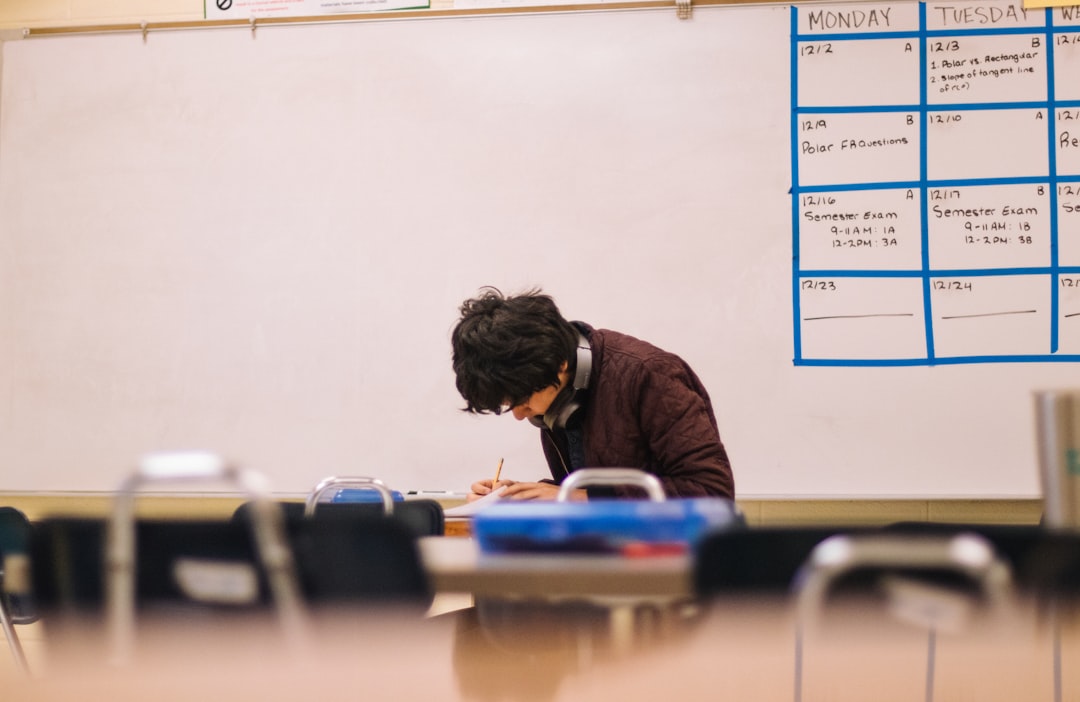

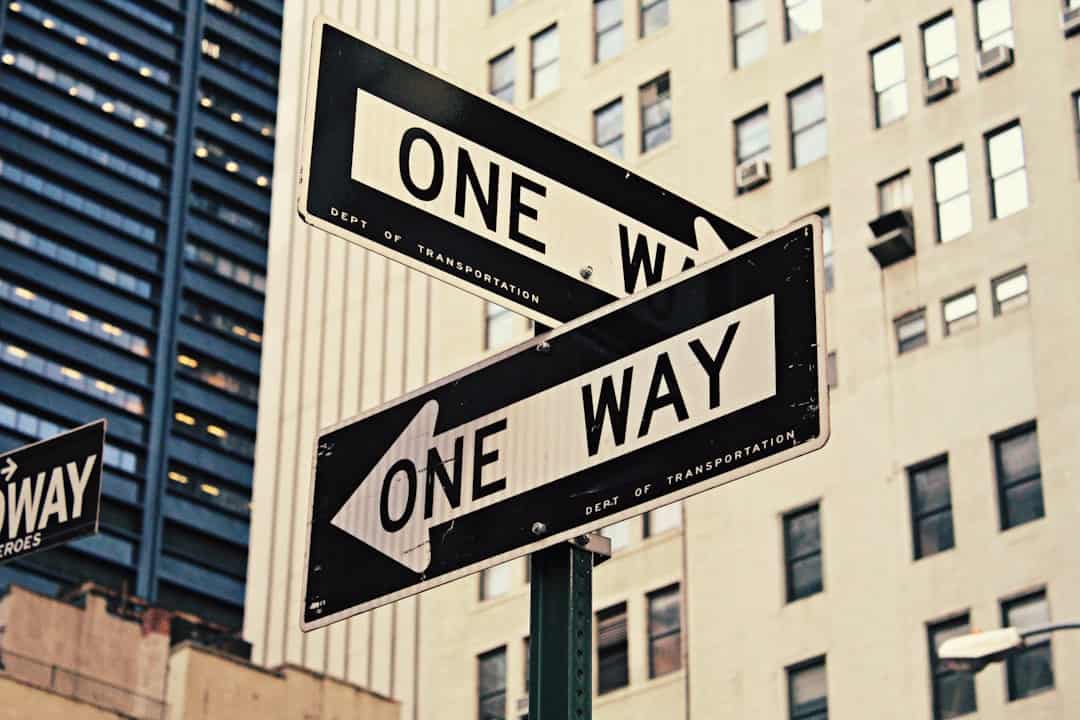
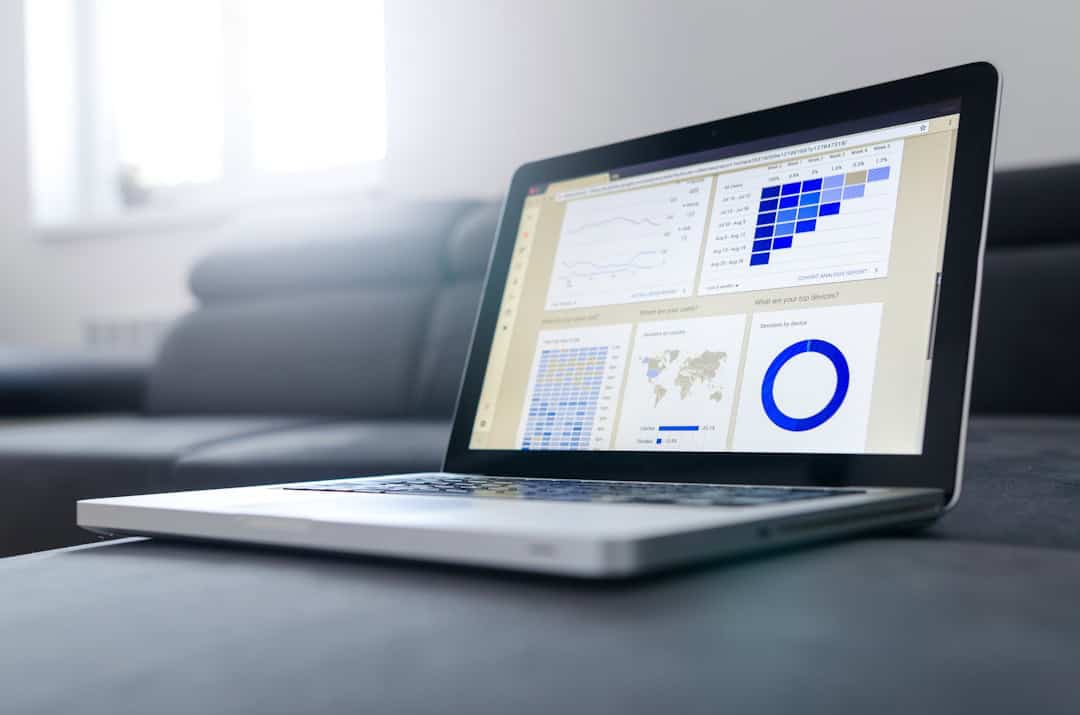



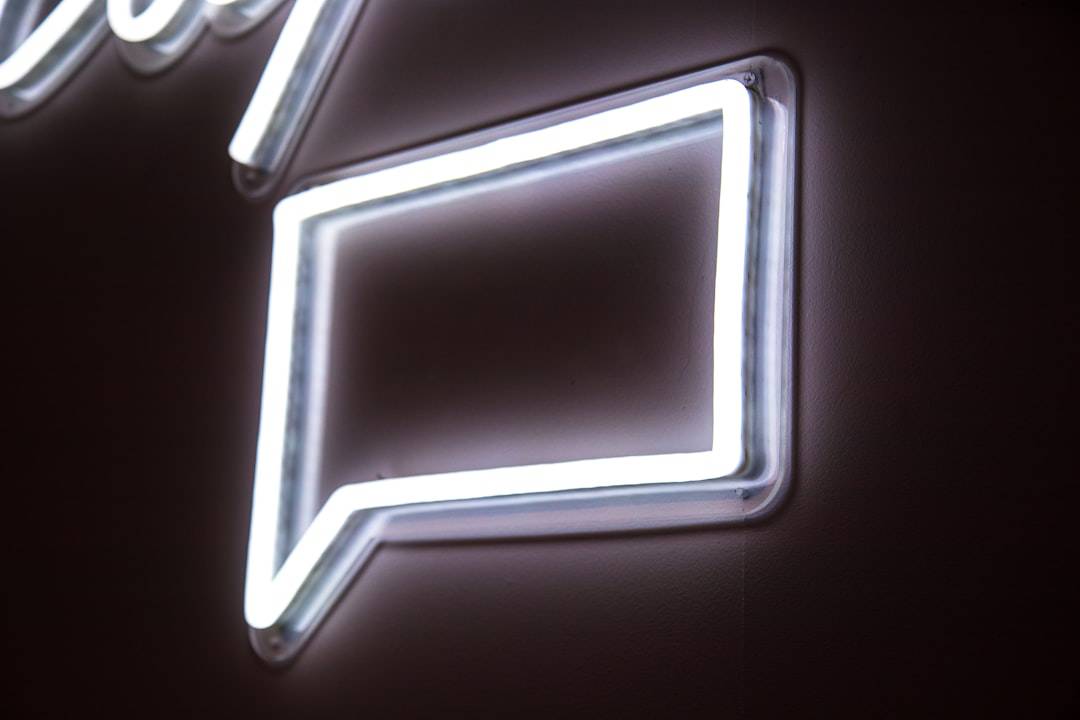


Leave a Reply